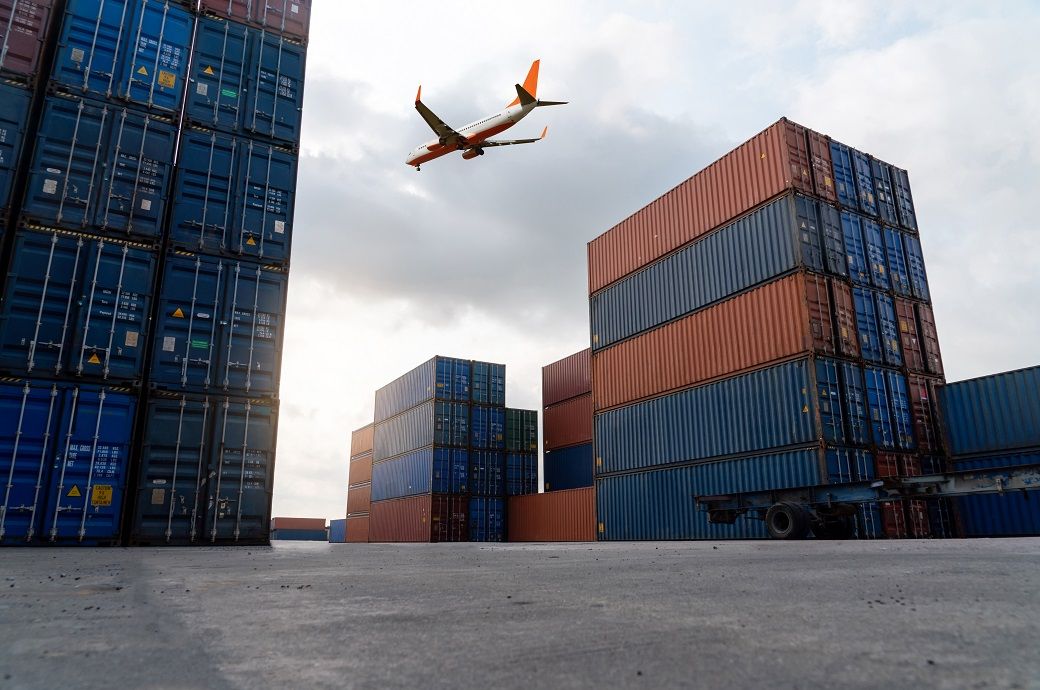Both India and Vietnam are expected to be top choices for supply chain leaders, as the US will emphasise on ‘friendshoring’ in 2023 and will aim to gradually shift its manufacturing facilities away from China.
About 67 per cent of supply chain leaders consider India and Vietnam as ideal alternatives for China plus one strategy, according to the ‘Container LogTech’ predictions report for 2023 by Container xChange. The majority of the respondents, 88 per cent, fear that the biggest impeding factor for businesses in 2023 will be inflation and recessionary fears.
The long-term shipping contract rates will see an uptick in 2023, though gradually. This slow increase applies to all modes of transport. With negotiations going on to bring contract rates in line with spot rates, a reset is expected. On the other hand, until there is a balance reached between supply and demand, forwarders will favour short-term contracts until the rates stabilise. “Freight forwarders will employ a ‘wait and see’ approach before making any long-term air cargo capacity commitments particularly,” the report claims.
Trucking rates for both dry and reefer cargo will continue to drop in 2023. Freight tonnage will continue to contract as market conditions and volumes return to pre-pandemic numbers.
The unresolved worker strikes of 2022 will spill over in 2023. Furthermore, the chances of new strikes coming up are high due to inflation-related rises in prices putting pressure on workers’ disposable incomes. Labour dissatisfaction might grow in European and North American economies. In that case, it will cause disruptions in global supply chains.
The report further covers the growing expectation of the 3PL (third-party logistics) market to solidify in 2023. Reportedly, it’s projected to reach $1,789.74 billion by 2027. Another key trend on the list is the digital transformation of the industry. In the years to come, the adoption of digital technologies in shipping will focus on vessel schedules, intuitive booking interfaces, instant slot booking, and capacity confirmations. In this regard, the industry’s major concern will be on having systems interact directly via automating the data-analysis-decision-action cycle.
“The overall outlook for the year 2023 remains gloomy. Europe is hit hard with all-time high inflation; China struggles to cope with the virus, and the US continues to witness hinterland transportation challenges and labour unrest. Most of these challenges will stay in 2023. Consumer confidence will pick up, but it really depends on whether we witness more disruptions in the coming times,” said Christian Roeloffs, cofounder and CEO, of Container xChange, an online container logistics platform.
Fibre2Fashion News Desk (DP)


:max_bytes(150000):strip_icc()/Health-GettyImages-2167292938-fcfceb4826db4b7a801d51e0dbd0cb05.jpg)


